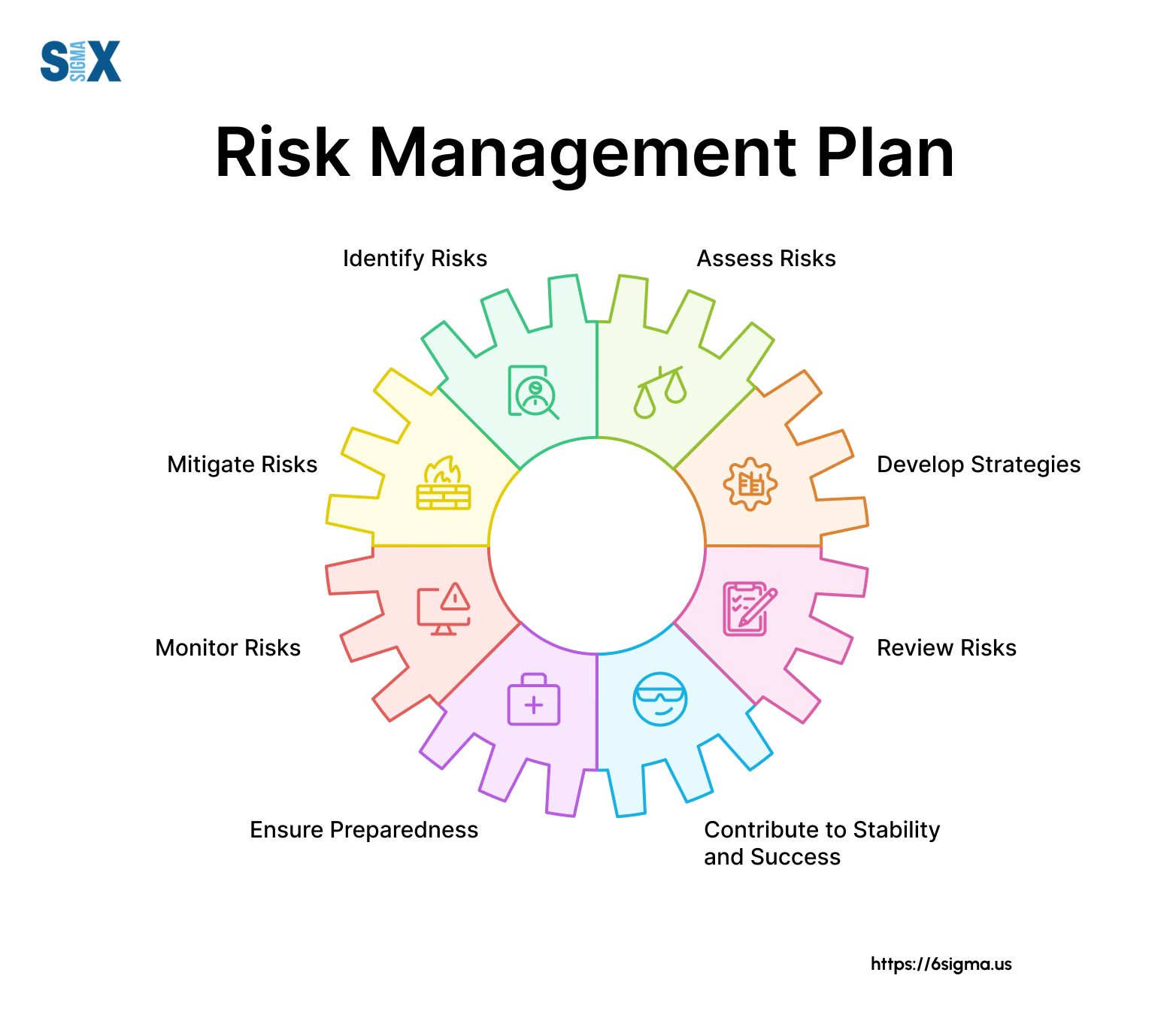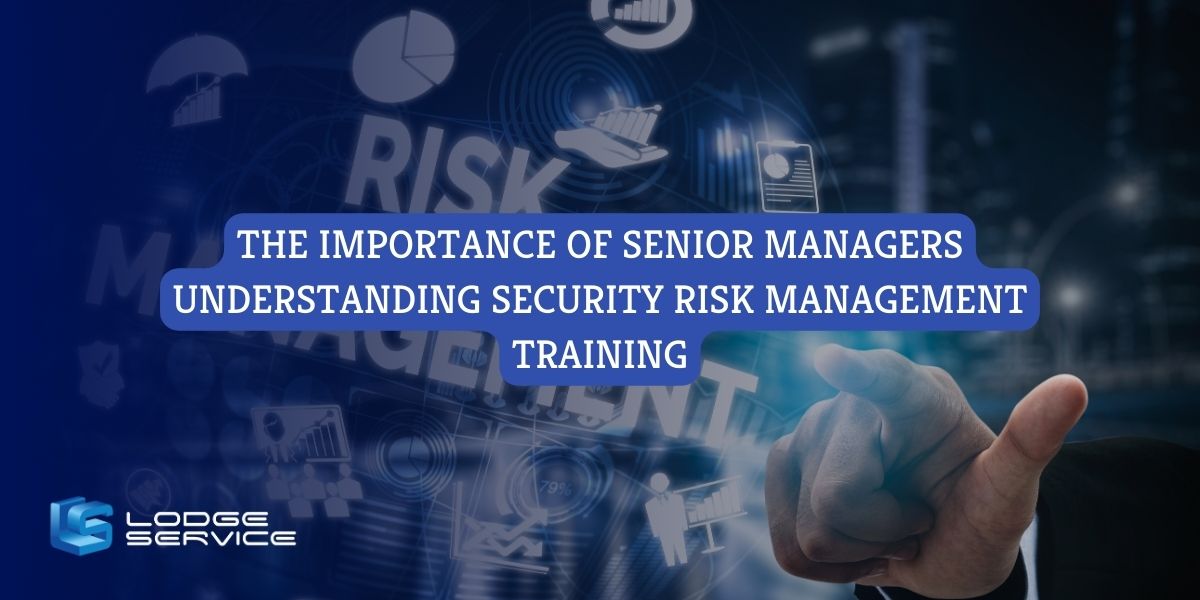Navigating the Complexities: Understanding the Importance of Risk Management
Navigating the Complexities: Understanding the Importance of Risk Management
Blog Article
Exploring the Significance of Risk Management for Effective Decision-Making Approaches
In the detailed world of service, Risk Management emerges as an important factor in the decision-making process. The ability to determine possible threats and chances, and plan appropriately, can lead to the difference between success and failing.
Recognizing the Concept of Risk Management
Risk Management, an important part in decision-making, is often misinterpreted or oversimplified. Risk Management involves disciplined and structured strategies, making use of information and informative assessments. From economic uncertainties, lawful liabilities, strategic Management errors, to accidents and all-natural calamities, it addresses different threats - importance of risk management.
The Function of Risk Management in Decision-Making Processes
In the realm of strategic planning and company operations, Risk Management plays an integral duty in decision-making procedures. It aids in determining potential risks and unpredictabilities that might impact the accomplishment of service purposes. By mapping these risks, firms can create techniques to reduce their influence, ensuring service continuity and stability. Risk Management therefore comes to be a vital device in decision-making, assisting leaders to make informed options based upon a detailed understanding of the risks included. It urges a positive method, making it possible for organizations to prepare and expect for feasible future situations. This considerably reduces the probability of adverse effects, promoting extra efficient and effective decision-making approaches. As a result, Risk Management serves as a vital part in the decision-making processes of any kind of company.

Just How Risk Management Boosts Strategic Preparation
In the context of critical preparation, Risk Management plays a pivotal role. Launching with the identification of prospective dangers, it better encompasses the execution of Risk mitigation measures. The role of Risk Management is not fixed yet dynamic, as it requires consistent tracking and adjusting of techniques.
Identifying Prospective Threats

Applying Risk Reduction
Having developed the relevance of identifying possible risks, the following action is to check out Risk mitigation. This procedure includes creating and executing techniques to handle determined dangers efficiently. It is an important aspect of strategic preparation as it improves decision-making by minimizing potential negative outcomes. Risk mitigation methods can range from Risk avoidance, Risk transfer, to risk decrease. Each approach ought to be customized to the particular Risk, considering its possible influence and the Website company's Risk resistance. Furthermore, reliable Risk mitigation calls for a deep understanding of the Risk landscape and the potential influence of each Risk. This understanding allows organizations to prioritize threats and designate resources efficiently, guaranteeing that the most substantial risks are addressed initially.
Surveillance and Readjusting Strategies
Though Risk mitigation is an essential action in calculated preparation, continuous monitoring and adjustment of these strategies is equally vital. It additionally supplies a chance to assess the success of the Risk Management actions, permitting modifications to be made where required, further boosting critical preparation. Tracking and adjusting Risk Management methods is an essential part for boosting an organization's resilience and tactical planning.
Situation Researches: Effective Risk Management and Decision-Making
In the globe of organization and money, successful Risk Management and decision-making typically act as the pillars of prosperous enterprises. One such entity is an international oil firm that mitigated monetary loss by hedging versus fluctuating oil prices. In another instance, a technology startup thrived by determining and approving high-risk, high-reward approaches in an unstable market. A global bank, confronted with governing unpredictabilities, successfully browsed the scenario via proactive Risk evaluation and dynamic decision-making. These situations highlight the value of astute Risk Management in decision-making procedures. It is not the absence of Risk, however the Management of it, that typically differentiates effective firms from not successful ones. These instances underscore the important role of Risk Management in critical decision-making. importance of risk management.
Devices and Methods for Effective Risk Management
Navigating the intricate puzzle of Risk Management needs the right collection of techniques and devices. These devices, such as Risk signs up and warm maps, aid in identifying and evaluating potential threats. Strategies include both measurable approaches, like level of sensitivity analysis, and qualitative methods, such as SWOT analysis. These assistance in focusing on risks based upon their potential influence and possibility. Risk reaction approaches, a vital component of Risk Management, include accepting, staying clear of, transferring, or mitigating dangers. Monitoring and controlling risks, through why not try here routine audits and evaluations, make sure that the approaches continue to be effective. With these tools and techniques, decision-makers can navigate the complex landscape of Risk Management, thereby promoting educated and reliable decision-making.
Future Patterns in Risk Management and Decision-Making Methods
As we check out the large landscape of Risk Management, it ends up being apparent that the strategies and tools used today will remain to advance. Future patterns direct towards an enhanced reliance on modern technology, with fabricated knowledge and artificial intelligence playing considerable roles. These modern technologies will certainly allow organizations to forecast prospective risks with better accuracy and make even more educated decisions. Additionally, there will be an expanding emphasis on strength, not just in managing threats but additionally in bouncing back from adverse circumstances. Last but not least, the principle of Risk society, where every participant of an organization is aware and entailed in Risk Management, will certainly acquire much more importance. These trends advertise an even more inclusive and positive strategy towards Risk Management and decision-making.
Final thought

Risk Management therefore comes to be a crucial tool in decision-making, helping leaders to make enlightened selections based on a detailed understanding of the risks involved. Risk mitigation strategies can vary from Risk avoidance, Risk transfer, to take the chance of reduction (importance of risk management). Reliable Risk mitigation calls for a deep understanding of the Risk landscape and the possible effect of each Risk. Risk reaction methods, an essential part of Risk Management, include approving, preventing, transferring, or mitigating dangers. The concept of Risk culture, where every participant of a company is mindful and included in Risk Management, will certainly acquire more importance
Report this page